Family Ursidae Scientific name Ursus arctos pruinosus Rank Subspecies | Phylum Chordata Suborder Caniformia Genus Ursus Higher classification Brown bear | |
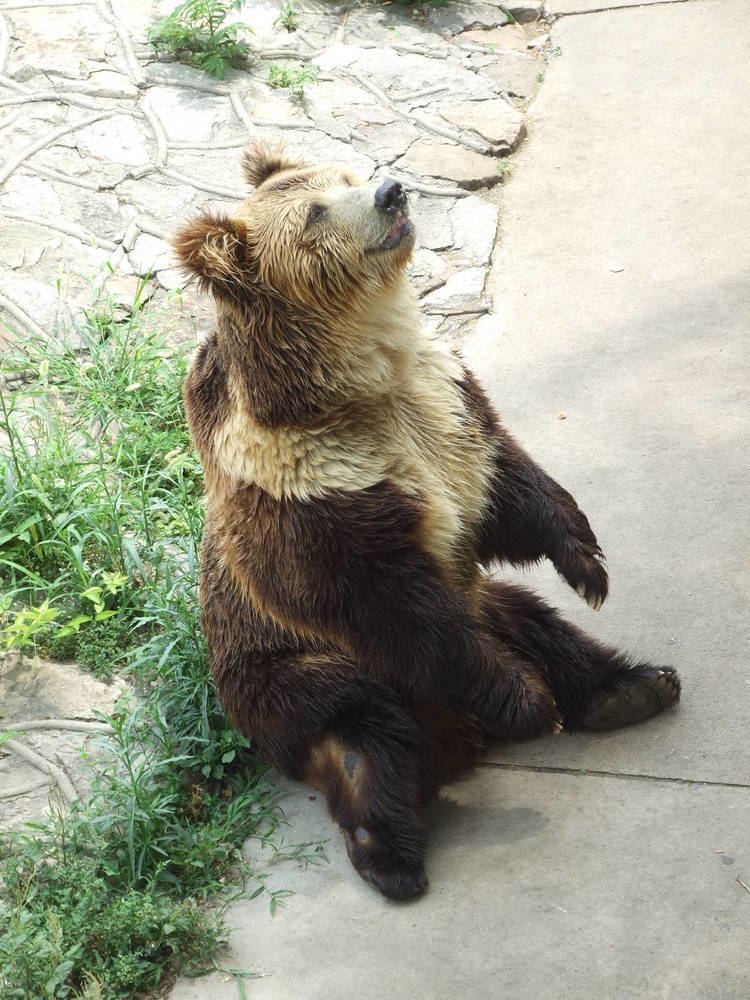 | ||
Similar Bear, Brown bear, Himalayan brown bear, Bears, Atlas bear | ||
Rare tibetan blue bear ursus arctos pruinosus
The Tibetan bear or Tibetan blue bear (Ursus arctos pruinosus) is a subspecies of the brown bear (Ursus arctos) found in the eastern Tibetan Plateau.
Contents
- Rare tibetan blue bear ursus arctos pruinosus
- Tibetan blue bear tribute falling in
- Taxonomic history
- Habitat and range
- Conservation status
- References
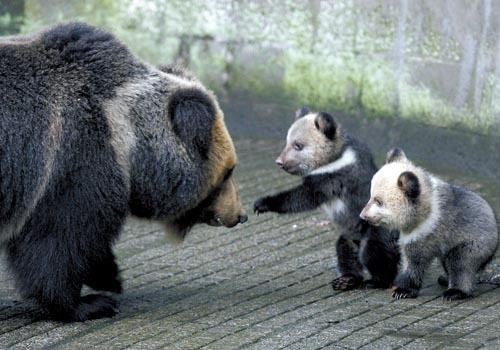
It is also known as the Himalayan blue bear, Himalayan snow bear, Tibetan brown bear, or the horse bear. In Tibetan, it is known as Dom gyamuk.
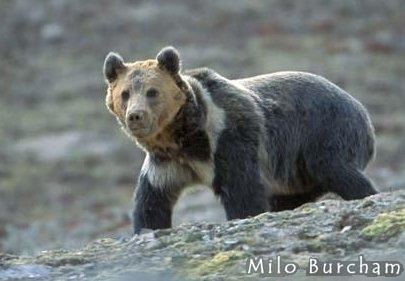
One of the rarest subspecies of bear in the world, the blue bear is rarely sighted in the wild. The blue bear is known in the west only through a small number of fur and bone samples. It was first classified in 1854.
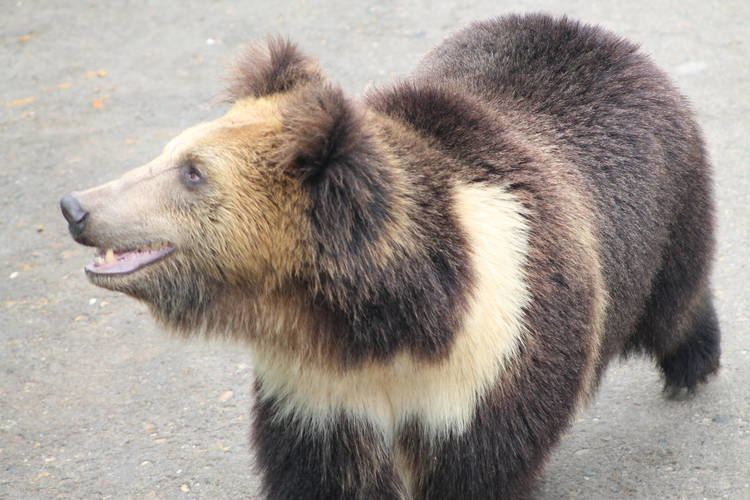
Tibetan blue bear tribute falling in
Taxonomic history
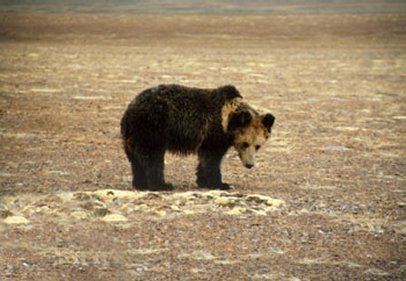
The Gobi brown bear is sometimes classified as being of the same subspecies as the Tibetan blue bear; this is based on morphological similarities, and the belief that the desert-dwelling Gobi bear represents a relict population of the blue bear. However, the Gobi bear is sometimes classified as its own subspecies, and closely resembles other Asian brown bears.
Habitat and range
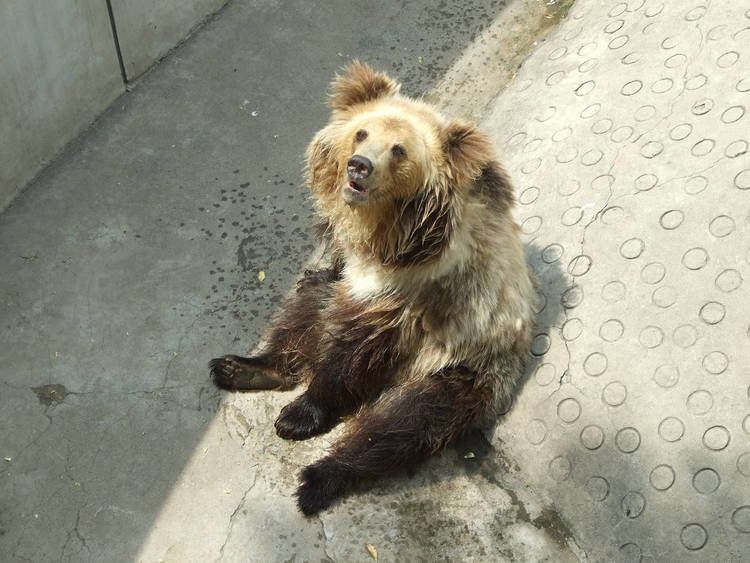
It is possible that the occasional specimen might be observed traveling through high mountain peaks during times of reduced food supply, or in search of a mate. However, the limited information available about the habits and range of the blue bear makes such speculation difficult to confirm..
Conservation status
The exact conservation status of the blue bear is unknown, due to limited information. However, in the United States trading blue bear specimens or products is restricted by the Endangered Species Act. It is also listed in Appendix I of the Convention on International Trade in Endangered Species (CITES) as a protected species. It is threatened by the use of bear bile in traditional Chinese medicine and habitat encroachment.
